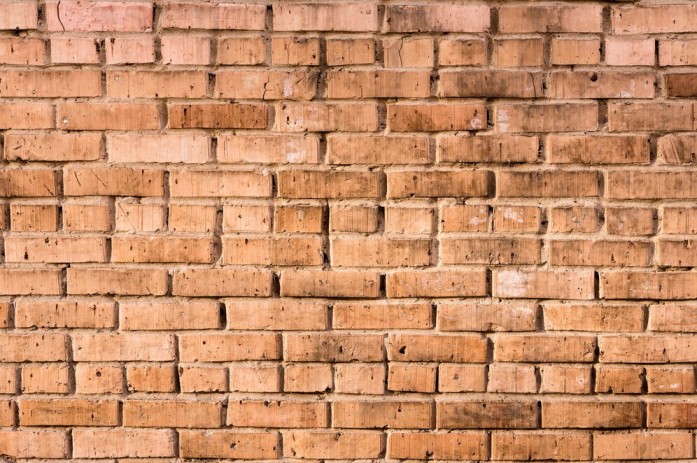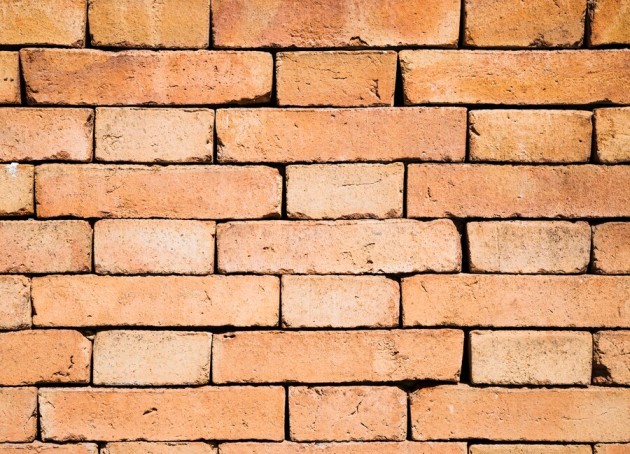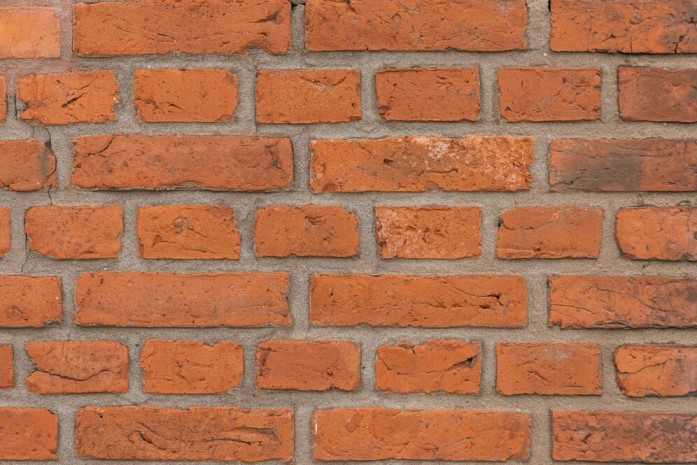The southern part of India particularly the states of Karnataka, Kerela and Andhra Pradesh most commonly use laterite bricks for house and other structure constructions. These bricks are sustainable and artistic and thus are better than the conventional construction materials.
In this blog of Walls and Dreams of today, we will illustrate the properties of laterite bricks, the various categories, the method of production, the merits, the demerits and the reasons why they can be suitable for your construction needs.
What Are Laterite Bricks?
Laterite is a type of Brick stone weathered in the tropics and subtropics which is made up of iron and aluminium oxides. Larger blocks known as laterite bricks are made from this soil which is available in plenty in some parts of South India.
Types of Laterite Bricks
It is on the basis of their manufacturing techniques that the laterite bricks are grouped and thus have different characteristics. The main types of laterite bricks are:
1. Natural Cut Laterite Bricks (Porous Laterite Bricks)
These bricks are normally obtained from laterite deposits and thereafter shaped by hand. They remain comparatively unsophisticated in texture and are in fact permeable, which makes them ideal for use as insulating materials. However they can be treated further to ensure they are more waterproof.
2. Compressed Laterite Bricks
Compressed laterite bricks also known as stabilized laterite bricks are produced when laterite soil is pressed with cement or lime at high pressure. This enhances their strength and minimises porosity thereby making them ideal for usage in the current world structures.
3. Burnt Laterite Bricks
Burnt laterite bricks are made by baking natural laterite bricks in a kiln much the same way as the clay bricks. The firing process enhances their mechanical properties and lowers the porosity, which make them suitable for load bearing members and are less vulnerable to weathering.
Advantages of Laterite Bricks

Cost-effective
Laterite bricks are locally produced hence reducing the cost of transport to other regions. The production is not very complicated and that is why it is cheap. Also, the size of the panels is 300x200x150 mm which makes the number of bricks used in the construction less.
Thermal Insulation
The housing constructed using laterite bricks has good thermal properties which means that they are suitable for construction in hot areas. They prevent the interior from getting warm and so there is no need to use air conditioners.
Sustainability
Laterite bricks production has a minimal processing procedure, which makes it a green product. Since they are locally fabricated and cast on site, they have no impact on greenhouse gas emissions to support green conscious construction.
Durability
These bricks are very strong and can be used in construction, they also are resistant to weather extremities which makes them a very useful construction material.
Fire-resistant
It is important to note that laterite bricks are naturally fire resistant hence making structures made from them to be safe to use.
Applications of Laterite Bricks

Residential Construction
Laterite bricks are the most common form of building material especially in walls, foundations and even the floor of residential homes. They are strong and can also withstand unfavorable weather conditions, thus making them the right choice for homes.
Commercial Buildings
These bricks can be used in commercial places like schools and hospitals. They have a very good thermal property that helps in reducing the need to use artificial air conditioners or heaters which in turn help in saving power.
Landscaping
As laterite bricks have natural texture and color they are widely used in the landscaping for creating paths, walls and other structures. They not only create natural elements in the gardens and other outdoors but also enhance their beauty.
Decorative Structures
It is also used in the present day construction to make feature walls, façade and other architectural applications to give the building an old and rusty look.
Limitations of Laterite Bricks
Availability
Available in some parts of India only are laterite bricks. However, if you are based in these regions, the transportation costs are relatively low, thus making the crops economically viable.
High Porosity
This is due to the fact that laterite bricks have a natural tendency of absorbing water and this can lead to occurrence of dampness. Further enhancement of the waterproofing system may be necessary.
Prone to Erosion
In the areas of rainfall, laterite bricks are vulnerable to washouts. They have to be well taken care of in order to increase the longevity of structures constructed from these bricks.
Conclusion
Laterite bricks are used for construction purposes and are environmental friendly and cheap compared to other construction materials used in residential, commercial and landscape construction. Owing to their environmental friendly production process, themal insulation features and long useful life, they are suitable for green construction. However, issues of availability, porosity and erosion should be taken into consideration so as to enhance their long term use.
To those who want to have sustainable construction Walls and Dreams can assist in the whole process. We also provide guidance on the type of material to use as well as the whole planning process of your construction project.


